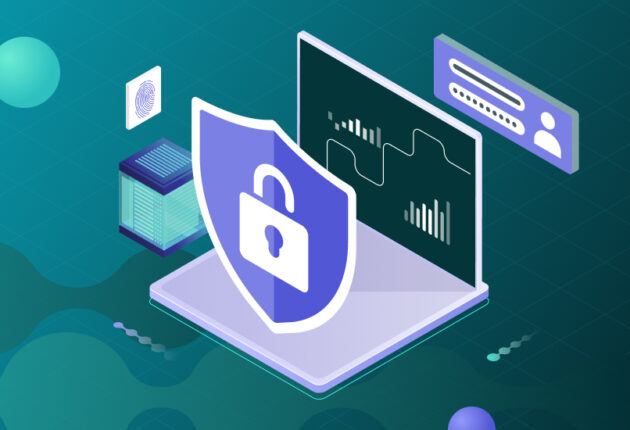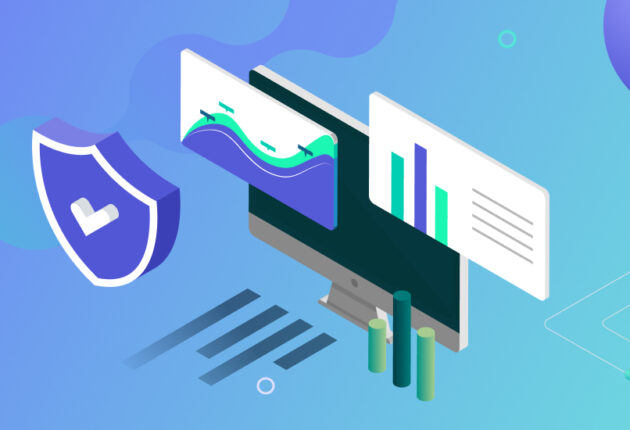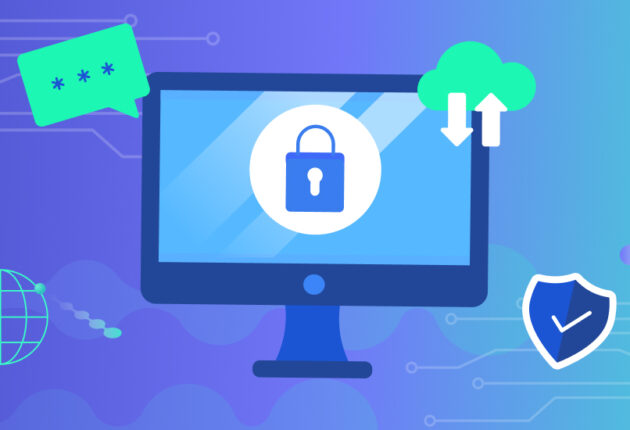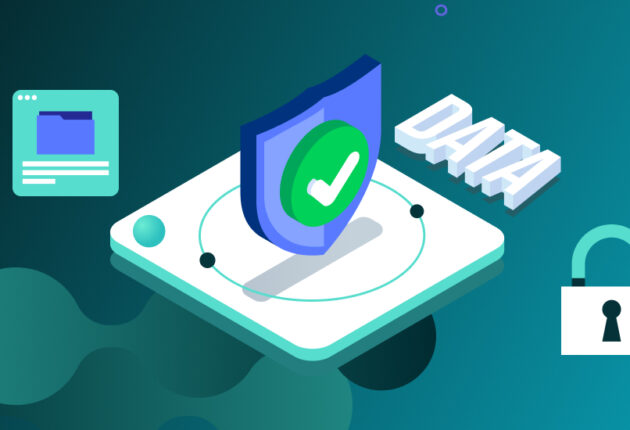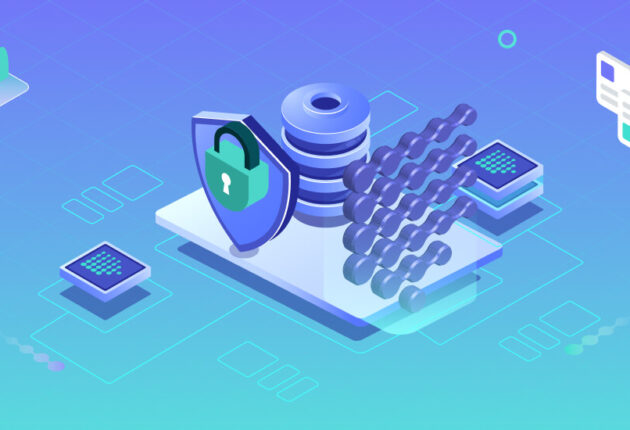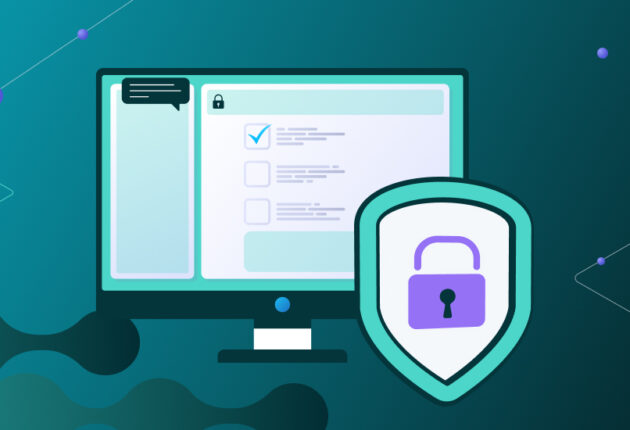Organizations are constantly amassing vast amounts of sensitive information. From customer records and financial data to intellectual property and trade secrets, this data is the lifeblood of modern businesses. However, with the increasing value of data comes a heightened risk of unauthorized access and violations. Implementing robust data access control policies is crucial to safeguarding sensitive information and maintaining compliance. Differential privacy can greatly assist by providing a strong mathematical guarantee of privacy while enabling flexible data access. In this article, we will explore the role of differential privacy in enhancing data access control policies, ensuring the protection of sensitive information, and enabling valuable data sharing in the modern business landscape.
In this article,
- What is a data access control policy?
- Key components
- Best practices for implementing data access control policies
- Examples of companies that have successfully implemented data access control policies
- Conclusion
What is a data access control policy?
Why do companies need data access control policies?
A data access control policy is a set of rules and procedures that regulate how users can access and interact with a company’s data.1 It defines the permissions and restrictions placed on individuals or groups regarding data access, ensuring that only authorized users can view, modify, or share specific data based on their roles and responsibilities within the organization. Data access control policies are crucial for maintaining data security, privacy, and compliance by establishing clear guidelines on who can access which data and under what circumstances.2
By implementing robust data access control measures, organizations can:
- Protect sensitive data from unauthorized access and misuse
- Ensure compliance with industry regulations and data protection laws
- Maintain user accountability and prevent insider threats
- Enhance overall data security and reduce the risk of data breaches
Benefits of implementing data access control policies
Implementing data access control measures can benefit companies in several ways. First, it can help organizations implement a layered approach to data security. By restricting access to sensitive information based on user roles and responsibilities, organizations can minimize the risk of unauthorized access and data breaches. This approach ensures that only authorized personnel can view, modify, or share sensitive data, reducing the potential for human error or malicious intent.
Second, it helps companies comply with regulations. In fact, many industries are subject to strict data protection regulations, such as the General Data Protection Regulation (GDPR) and the Health Insurance Portability and Accountability Act (HIPAA). Implementing data access control policies helps organizations comply with these regulations by ensuring that sensitive data is accessed and handled in accordance with established guidelines. By mitigating the risk of compliance violations, organizations can avoid costly fines and reputational damage.
Third, it increases user accountability. Data access control policies promote user accountability by clearly defining the responsibilities and permissions associated with each user role. By tracking user access to sensitive data, organizations can monitor user activities, detect suspicious behavior, and hold users accountable for their actions. This approach helps to prevent insider threats and ensures that sensitive data is handled with the utmost care and responsibility.
Consequences of not having data access control policies in place
The consequences of not having proper data access control policies in place can be severe. Neglecting data access control policies exposes businesses to a wide range of risks, including data breaches, compliance issues, insider threats, and reputational damage. Implementing robust access controls is essential for safeguarding sensitive information and maintaining trust in the digital age.
- Data breaches: without access controls, sensitive data is vulnerable to unauthorized access, either by malicious insiders or external attackers who have compromised user credentials. This can lead to data theft, financial losses, and reputational damage.3 Data breaches can also significantly impact a company’s reputation and erode customer trust. Customers are increasingly aware of the importance of data privacy and may avoid doing business with organizations that fail to protect their information.4
- Compliance violations: many industries are subject to strict data protection regulations like GDPR, HIPAA, and CCPA. Failing to implement adequate access controls can result in hefty fines and penalties for non-compliance.5
- Insider threats: employees with excessive or unnecessary access privileges pose a significant insider threat. They can misuse company resources, steal data for personal gain, or initiate malicious attacks without proper controls in place.6 Furthermore, without a clear data access policy, it becomes difficult to track who has accessed sensitive information and when. This makes it challenging to investigate potential breaches and hold users accountable for their actions.7
Let’s look at some specific examples of companies that have experienced data breaches due to the lack of data access policies.
- American Express: in March 2024, American Express notified an undisclosed number of customers about a potential breach of their data. The incident stemmed from unauthorized access to a third-party merchant processor, highlighting the importance of monitoring third-party access to sensitive data.8
- Tesla: In 2023, two former Tesla employees misappropriated confidential information, including personal information of employees and production secrets. This breach emphasizes the importance of proper onboarding and termination procedures, conducting user access reviews, and monitoring user activity to prevent insider threats.9
- Fujitsu: in March 2024, Fujitsu confirmed the presence of malware on its corporate network, which may have left customer information vulnerable to hackers. This incident emphasizes the need for robust network security measures to prevent malware infections.10
These examples illustrate the consequences of not having effective data access policies in place, including reputational damage, financial penalties, and legal ramifications. Therefore, implementing robust data access control policies is crucial for protecting sensitive information and preventing data breaches.
Key components of an effective data access control policy
Let’s now delve into what types of data access control policies help organizations define who can access what data, when, and under what circumstances. There are four main types of policies, and implementing the appropriate one, based on the sensitivity of data and security requirements, is crucial for effective data protection:
- Mandatory access control (MAC): access is controlled by a central authority that specifies access rules. The owner of the data cannot change the access rules. It is used in high-security environments like the military and government.11
- Discretionary access control (DAC): the owner of the data has discretion over who can access it. The owner can pass on access privileges to other users. It is considered less secure than MAC as owners can give access to unintended users.12
- Role-based access control (RBAC): access is granted based on the user’s role within the organization. Roles are created for various job functions, and users are assigned to them. Permissions to perform certain operations are assigned to specific roles. It allows for easy management of access privileges as roles change.13
- Rule-based access control (RBAC or RB-RBAC): access is granted based on rules defined by the organization. Rules specify who can access what data under what conditions. Rules are programmed into the system by administrators. It provides more flexibility than RBAC but requires more effort to implement.14
Data Peace Of Mind
PVML provides a secure foundation that allows you to push the boundaries.

Best practices for implementing data access control policies
Recommended actions
The following practices ensure that data access is controlled effectively, users have the necessary access permissions, and data security is maintained in alignment with regulatory requirements and industry standards.
First, before implementing a data access control policy, organizations should conduct a thorough risk assessment to identify potential threats, vulnerabilities, and the value of their data assets. They should identify where all data is stored and tag and classify it based on sensitivity. This assessment will help organizations prioritize their data protection efforts and allocate resources effectively.
Second, organizations should establish a data governance framework that outlines the roles and responsibilities of key stakeholders, such as data owners, data stewards, and access control administrators. In fact, clearly defining access control roles and responsibilities is essential for ensuring the effectiveness of data access control policies.
Third, organizations should implement strong authentication methods, such as multi-factor authentication (MFA) and biometric authentication, which are essential for preventing unauthorized access to sensitive data. These methods ensure that only legitimate users can access sensitive information.
Fourth, organizations should implement robust logging mechanisms that capture user access events, including login attempts, data access, and modifications. These logs should be regularly reviewed and analyzed to identify potential security breaches or policy violations. Regular monitoring and review of access logs are crucial for detecting suspicious activity and ensuring user accountability.
Finally, organizations should provide regular training to employees on the importance of data access control, the organization’s policies and procedures, and their individual responsibilities in maintaining data security. This training should cover topics such as password management, data handling best practices, and reporting suspected security incidents. User awareness and training are essential for the successful implementation of data access control policies.
Challenges when implementing data access control policies
When implementing data access policies, businesses (whether small or more structured) often face common challenges, including:
- Data silos: data silos hinder the accessibility and visibility of data across an organization, making it challenging to implement consistent access controls and monitor data usage effectively.15
- Lack of alignment between stakeholders: different stakeholders, such as business units, data owners, and data users, may have conflicting goals and priorities regarding data access. This lack of alignment can lead to inefficiencies and conflicts in data governance processes.16
- Hybrid workforce and access methods: Enterprises deal with a hybrid workforce using multiple access methods from various locations, making access control management complex. Managing access rights for remote and on-site employees, third-party suppliers, and different devices can be challenging.17
- Data governance complexity: Implementing effective data governance mechanisms, defining clear access privileges, and managing user access throughout the employment lifecycle can be complex and require a robust framework to oversee and adjust data strategies over time.18
- Data privacy regulations: compliance with data privacy laws and regulations, such as GDPR and CCPA, adds complexity to data access control policies. Ensuring that data access aligns with regulatory requirements while protecting sensitive information poses a significant challenge for businesses.19
These challenges highlight the importance of establishing clear policies, defining access privileges, managing user access effectively, and ensuring compliance with data privacy regulations to overcome obstacles in implementing data access control policies successfully.
How differential privacy benefits data access control policies
Differential privacy provides a strong, flexible, and composable approach to data access control that can help organizations balance the need for data sharing with the imperative to protect individual privacy. By applying differential privacy, organizations can enable more granular and robust access control policies. Differential privacy can help with data access control policies in several ways:
- Providing a formal privacy guarantee: differential privacy offers a strong mathematical guarantee that the presence or absence of any individual’s data in a dataset will not significantly affect the outcome of an analysis. This allows organizations to share data with external parties while providing a robust privacy assurance.20
- Enabling flexible data access: by applying differential privacy, organizations can provide access to sanitized or anonymized versions of sensitive data based on the user’s privacy clearance. This allows for more granular access control compared to a binary “allow” or “deny” decision, improving data availability while still protecting privacy.21
- Resisting re-identification attacks: differentially private algorithms provably resist re-identification attacks, even if an adversary has unlimited computing power and knowledge of the algorithm. This makes differential privacy a future-proof approach to data access control.22
- Composability and robustness: differential privacy offers desirable properties like composability (the privacy guarantee degrades gracefully when multiple differentially private analyses are performed) and robustness to post-processing (applying any function to the output of a differentially private algorithm still yields a differentially private result).23
- Enabling privacy-preserving data sharing: differential privacy allows organizations to share aggregate information about a group while withholding sensitive details about specific individuals. This enables valuable data sharing for applications like demographic analysis or user behavior studies while maintaining privacy.24
Examples of companies that have implemented data access control policies
Let’s now look at some examples demonstrating how different types of data access control policies are implemented in various organizations to regulate access to sensitive information, protect data integrity, and ensure compliance with security standards and regulations25:
- Role-based access control (RBAC): in a company, employees are assigned specific roles (e.g., HR manager, finance analyst) with corresponding access permissions. The HR manager can access employee records, while the finance analyst can access financial data. This policy ensures that employees only access data relevant to their job responsibilities.
- Mandatory access control (MAC): government agencies use MAC to restrict access to classified information based on security clearances. Only individuals with the appropriate clearance level can access specific data, ensuring that sensitive information is protected from unauthorized access.
- Rule-based access control (RuBAC): a company implements RuBAC to control access to its server rooms. Rules are set to restrict access based on specific criteria, such as time of day or job role. For example, only IT staff can access the server rooms during working hours, ensuring that unauthorized access is prevented.
- Discretionary access control (DAC): in a university setting, professors have discretion over who can access their research data. Professors can grant access to their research assistants while maintaining control over the sharing parameters. However, an administrator can override permissions if necessary to ensure data security.
Conclusion
As we have examined, data access control policies are essential for safeguarding sensitive information and maintaining compliance. By implementing robust data access control measures, organizations can enhance data security, improve compliance, and increase user accountability. As the threat landscape continues to evolve, organizations must stay vigilant and adapt their data access control policies to meet emerging challenges. By embracing best practices and emerging technologies such as differential privacy, organizations can ensure that their sensitive data remains secure and accessible only to authorized personnel.
By integrating differential privacy into data access control policies, organizations can enhance privacy protection, enable flexible data access, and ensure compliance with evolving security threats and regulatory requirements. As the field of differential privacy continues to evolve, organizations must stay vigilant and adapt their data access control policies to meet emerging challenges. Finally, the advent of new technologies can enhance organizations’ data access control policies and respond more effectively to evolving security challenges. For example, artificial intelligence (AI) and machine learning (ML) can be used to analyze user behavior patterns, detect anomalies, and identify potential security threats in real time. Biometric authentication, such as fingerprint scanning, facial recognition, and iris scanning, is becoming increasingly popular as a means of user authentication. Hence, by embracing best practices and emerging technologies, organizations can ensure that their sensitive data remains secure and accessible only to authorized personnel while enabling valuable data sharing and collaboration.
2 See note 1
3 Dean Wieck, “The consequences of neglecting access management,” 11 August 2015, Security, https://www.securitymagazine.com/articles/86566-the-consequences-of-neglecting-access-management
4 RudderStack, “Data Access Control,” https://www.rudderstack.com/learn/data-security/data-access-control/
5 Satori, “What is the purpose of data access control policy,” Satori, https://satoricyber.com/data-access-control/what-is-the-purpose-of-a-data-access-control-policy/
6 Beyond Identity, “What makes a good access control policy,” 24 August 2021, https://www.beyondidentity.com/resource/what-makes-a-good-access-control-policy
7 See note 5
8 Electric, “High profile company data breaches,” 21 March 2024, Electric, https://www.electric.ai/blog/recent-big-company-data-breaches
9 Lyudmila Pryimenko, “7 example of real-life data breaches,” 28 February 2024, Ekran, https://www.ekransystem.com/en/blog/real-life-examples-insider-threat-caused-breaches
10 See Note 7
11 Barbara Hoffman, “Access Control: models and methods,” Delinea, https://delinea.com/blog/access-control-models-methods
12 See note 5
13 Team Zluri, “4 types of access control,” 18 October 2023, Zluri, https://www.zluri.com/blog/types-of-access-control/
14 Osman Husain, “Data access controls,” 12 January 2023, Enzuzu, https://www.enzuzo.com/blog/data-access-controls
15 Linkedin et Al, “What are the common data access challenges,” Linkedin, https://www.linkedin.com/advice/0/what-common-data-governance-challenges-how-overcome
16 See note 5
17 Kathleen Richards, “8 data protection challenges,” 17 April 2024, Techtarget, https://www.techtarget.com/searchdatabackup/tip/5-common-data-protection-challenges-that-businesses-face
18 See note 5
19 See note 5
20 https://en.wikipedia.org/wiki/Differential_privacy
21 Nadia Metoui et Al, “Differential Privacy Based Access Control,” Springer, https://link.springer.com/chapter/10.1007/978-3-319-48472-3_61
22 See note 20
23 See note 20
24 See note 20
25 Avigilon, “Understanding Role and Rule Based mandatory access control models,” Avigilon, https://www.avigilon.com/blog/access-control-models



